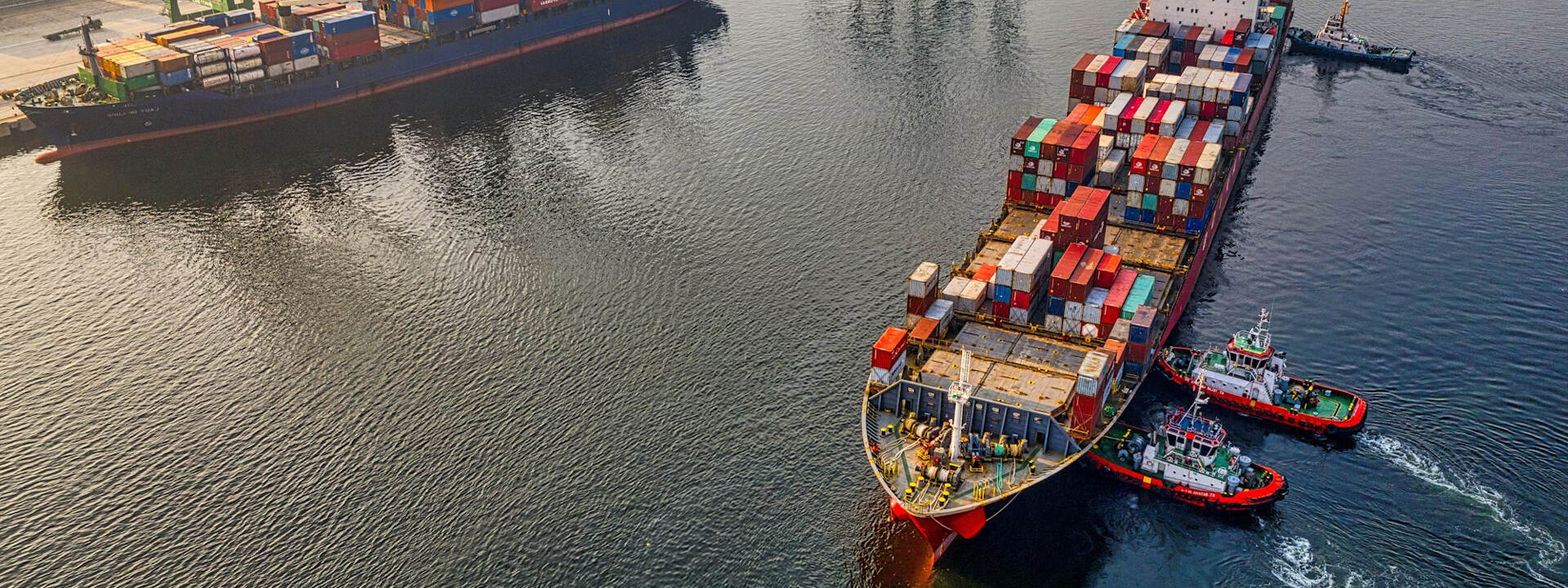Exploring the World of International Sea Freight Shipping
In today's interconnected global economy, international sea freight shipping plays a pivotal role in transporting goods across continents and oceans. From everyday consumer products to industrial machinery, the logistics behind this massive operation are both fascinating and essential to understanding modern trade dynamics.
The Basics of International Sea Freight Shipping
At its core, international sea freight shipping involves the transportation of goods via cargo ships between countries and continents. Unlike air freight, which offers speed but at a higher cost, sea freight provides a cost-effective solution for transporting large volumes of goods over long distances.
Types of Cargo:
Sea freight accommodates a wide range of cargo types, including raw materials, finished goods, perishables, and even vehicles. This versatility makes it a preferred choice for businesses looking to transport goods affordably and reliably.
Containerization:
One of the key innovations in sea freight is containerization. Standardized shipping containers, typically 20 or 40 feet in length, can be easily transferred between ships, trucks, and trains, streamlining the entire logistics process. This standardization has revolutionized global trade, making it more efficient and reducing costs significantly.

The Logistics Journey
The journey of a cargo shipment begins long before the ship sets sail and continues well after it reaches its destination port. Here's a glimpse into the logistics journey:
Booking and Documentation:
Before a shipment can commence, exporters and importers must handle booking arrangements and complete the necessary documentation. This includes invoices, packing lists, and customs declarations, ensuring compliance with international trade regulations.
Port Operations:
Once the cargo arrives at the port of departure, it undergoes loading onto the vessel by specialized equipment such as cranes and forklifts. Ports are bustling hubs of activity, with goods from around the world being sorted, loaded, and prepared for their oceanic voyage.
Ocean Voyage:
The voyage itself can vary widely depending on the destination and the route taken. Ships navigate through international waters, encountering diverse weather conditions and maritime regulations. Modern vessels are equipped with advanced navigation and communication technologies to ensure safe and efficient transit.
Arrival and Unloading:
Upon arrival at the destination port, cargo undergoes unloading and customs inspection. This phase involves similar processes to those at the departure port, with cranes and logistical teams working diligently to unload containers and distribute them for onward transportation.
Challenges and Innovations
While international sea freight shipping is reliable and cost-effective, it does face several challenges:
Environmental Impact:
The shipping industry is a significant contributor to global carbon emissions. Efforts are underway to adopt cleaner technologies and improve fuel efficiency, aiming to reduce its environmental footprint.
Supply Chain Disruptions:
Events such as natural disasters, geopolitical tensions, and pandemics can disrupt supply chains, affecting the timely delivery of goods worldwide. These challenges underscore the importance of robust contingency planning and adaptive logistics strategies.
Technological Advancements:
Advancements in digital technologies are transforming sea freight logistics. From blockchain for transparent supply chain management to AI-driven predictive analytics for route optimization, these innovations enhance efficiency and transparency across the shipping process.
Conclusion
In conclusion, international sea freight shipping is a complex yet vital component of global trade networks. It facilitates the movement of goods on a massive scale, connecting economies and enabling the exchange of products from every corner of the globe. While facing challenges, such as environmental impacts and logistical disruptions, ongoing innovations continue to enhance its efficiency and sustainability.
Whether you're a business looking to expand into international markets or simply curious about how products travel from one continent to another, understanding sea freight shipping offers a glimpse into the interconnected world of modern commerce. As technology evolves and global trade evolves with it, the future promises even more exciting developments in the field of international sea freight shipping.


